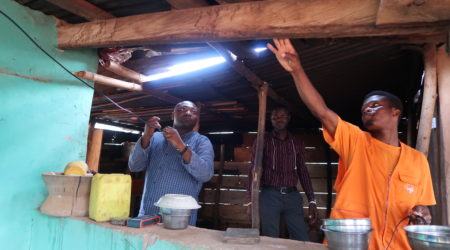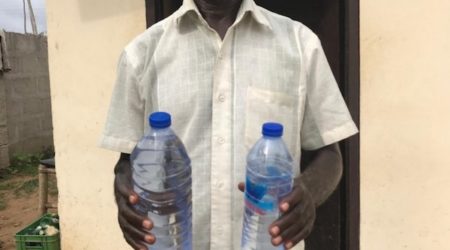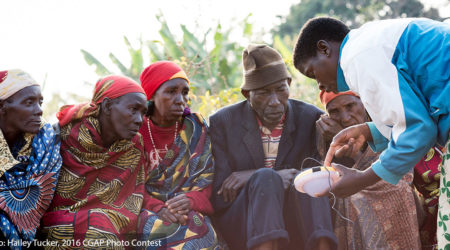The market gap for climate change solutions in Africa
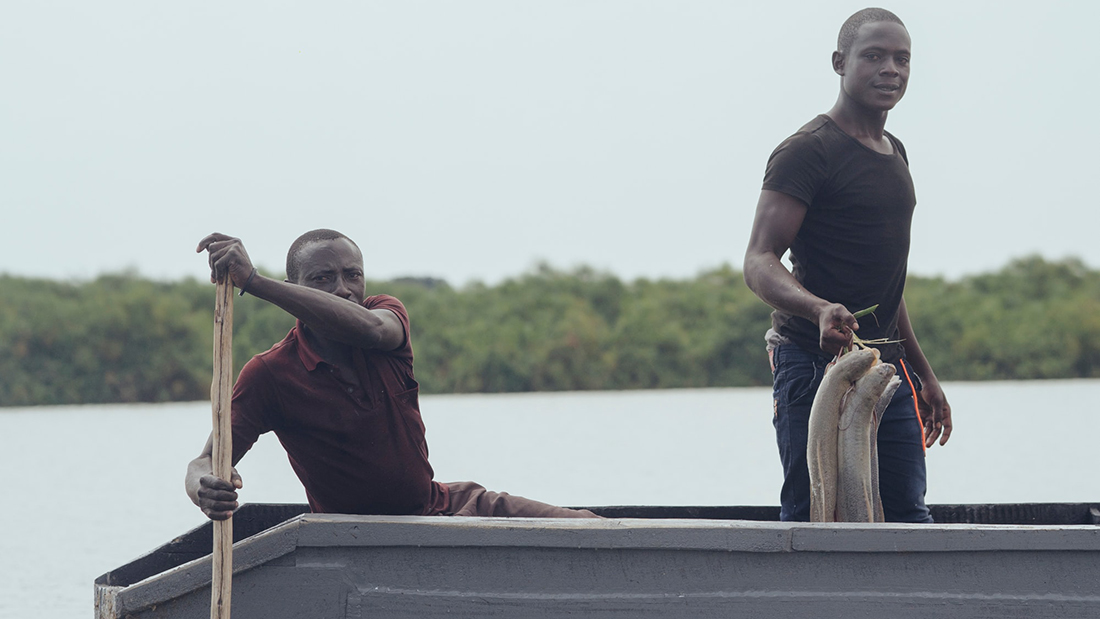
The COVID-19 pandemic has revealed the vulnerabilities of our health, financial, and economic systems. Scientists are warning that, at a global level, we are similarly ill-prepared for another crisis: climate change. Luckily, we still have an opportunity to build resilience before it’s too late.
Like COVID-19, the climate change crisis is a risk multiplier that exposes and exacerbates existing vulnerabilities, creating knock-on effects that can be felt globally and with a disproportionate impact on the most vulnerable populations. Thankfully, climate change remains high on the global agenda, as governments, private sector, and other large organizations make unprecedented progress and commitments to fighting climate change. Furthermore, funding for climate solutions remains a top priority across public, private, and philanthropic sources.
However, most of this activity remains concentrated in developed markets; attention and resources for climate change solutions and adaptations are still lacking in emerging markets, even though these markets will likely feel the brunt of the crisis.
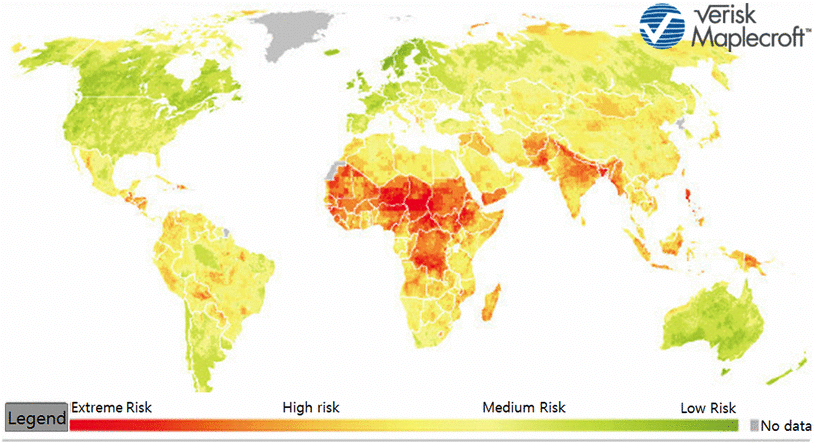
The climate vulnerability crisis in Africa
While we are encouraged by the potential for a sustainable economic recovery after the COVID-19 pandemic, as climate change gathers steam, the African continent will likely remain vulnerable to a combination of interconnected human, environmental, and economic risks.
Africa is already the continent hardest hit by impacts of climate change — i.e. temperature increases, unpredictable rainfall, extreme weather events — even though the continent contributes only 7.7% of annual global greenhouse emissions. Moreover, long-run climate predictions show that some of the most extreme changes in temperature and precipitation to take place by the end of the century will occur in Africa. Some models show that the two largest land-based decreases in rainfall anywhere on Earth will occur in Africa.
Africa is the most vulnerable to future negative impacts of climate change due to today’s high levels of poverty, and sensitive health, food, and water systems. Moreover, limited adaptive capacity in communities and economies means these systems are not evolving as quickly as conditions are changing.
A key dependency is that a majority of food consumed by households in sub-Saharan Africa is sourced from land resources. An estimated 70% of the labor force works in agriculture, and over 95% of agriculture on the continent is rainfed. These dependencies mean that changes in long-run temperature and precipitation, as well as season-to-season variability and volatility in rainfall raise risk exposure for a significant proportion of the continent’s population and economic activity.
Smallholder fishing, which is similarly critical to livelihoods and nutrition among Africans, is also extremely vulnerable to climate change. Across the continent, fish contribute 18% of animal protein consumed, reaching as high as 50% in communities in West Africa where up to 30% of the population depends on the coast for their income. Changes in ocean temperature due to climate change cause native fish populations to migrate, and some predictions show fish catch in West Africa will decrease by up to 50% in some places.
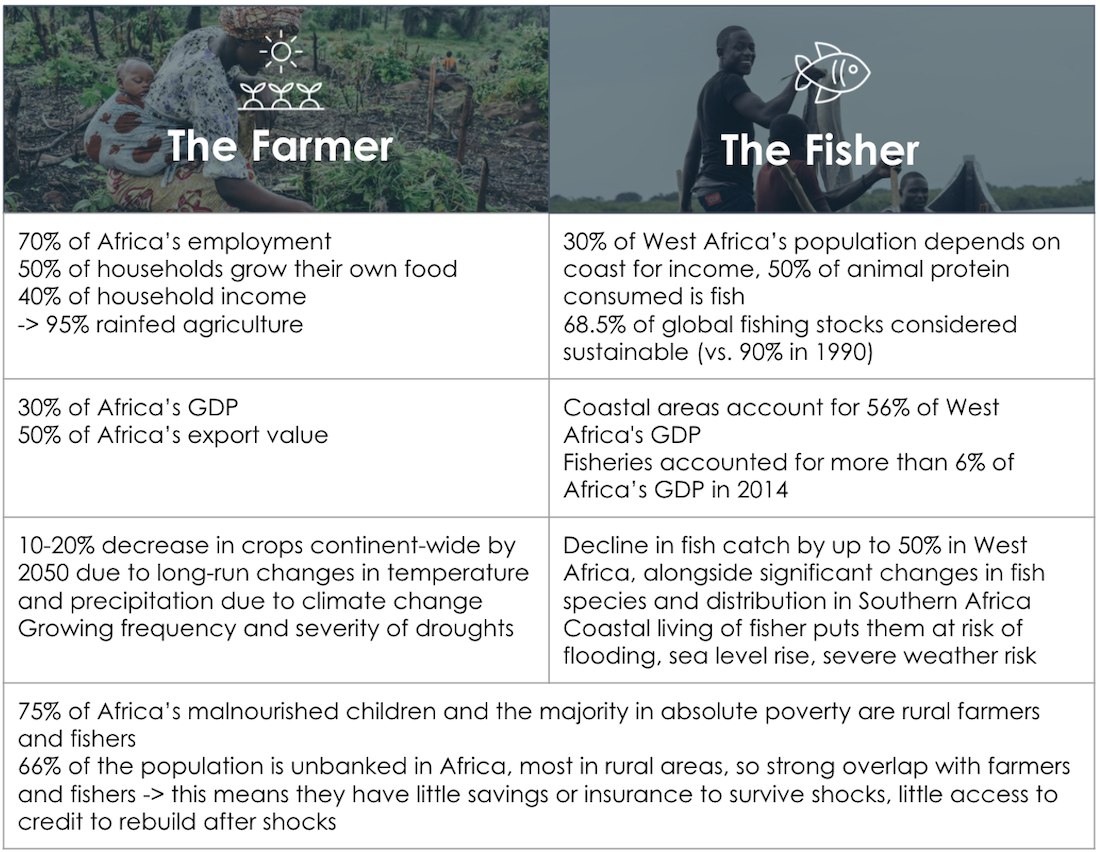
A further complication is that people lack access to financial services and technologies that could mediate their dependence on agriculture and natural resources. For example, they are often unbanked, with little savings, insurance, or ability to cope with shocks, making their resilience low. Furthermore, a lack of affordable irrigation technologies, and asset financing to purchase the equipment over time, puts many in agriculture at the mercy of weather patterns.
These vulnerabilities can create a vicious circle, adding fuel to the climate change motor. As conditions for cultivation worsen, farmers will seek to expand their farms by deforesting unutilized forests to maintain their levels of production. This deforestation will reduce Earth’s ability to absorb carbon, exacerbating long-run temperature and precipitation changes and creating a loop for further deforestation.
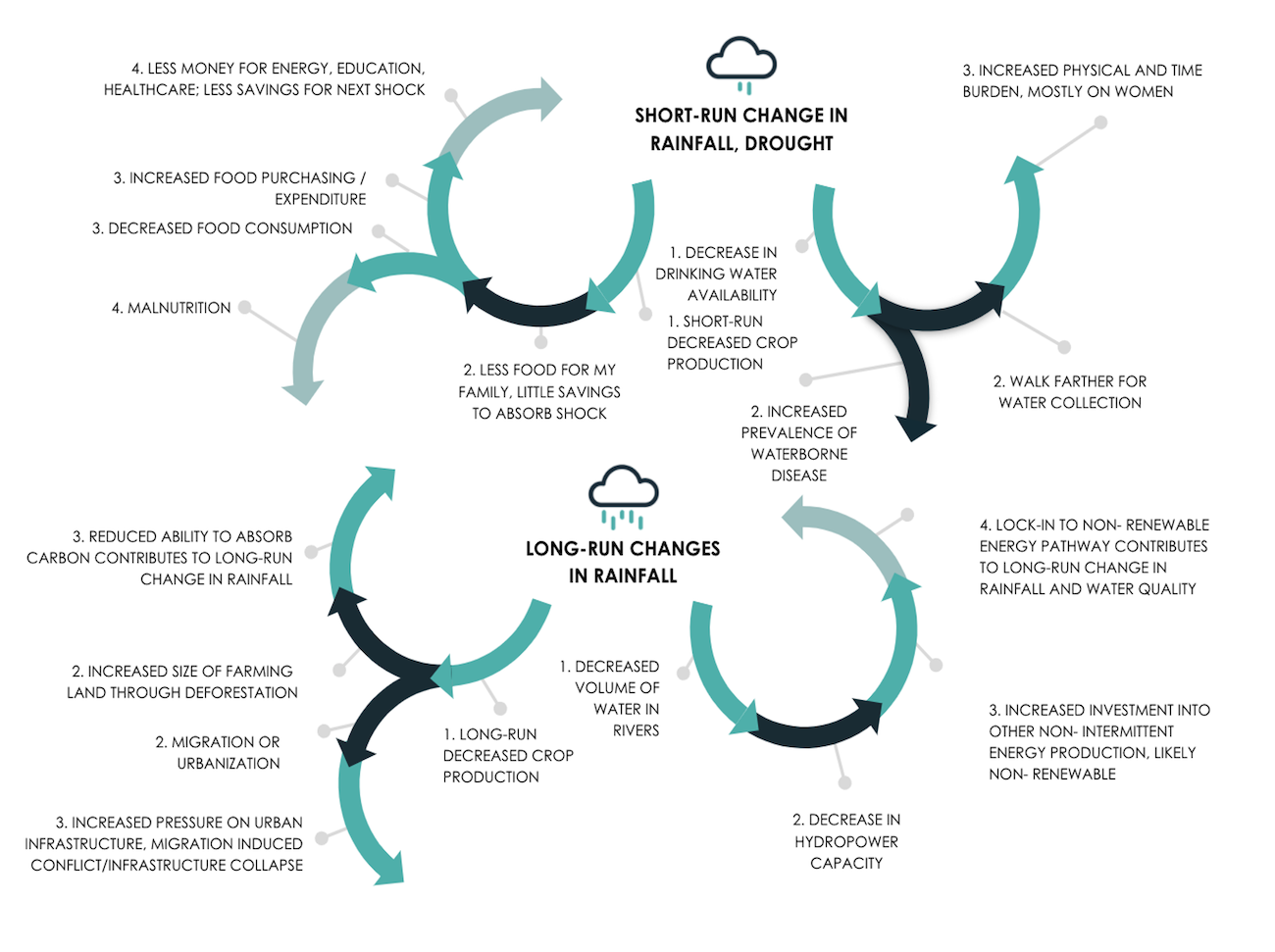
Similarly, climate-change driven alterations in rainfall and droughts could create further pressure on the environment. For example, droughts reduce the availability of local water sources, which then increases the number of people using each remaining source, leading to an increase in the prevalence of water-bourne diseases such as diarrhea (one of the leading causes of death in children under the age of five in Africa). In many cases, droughts also force families to walk farther for daily water collection, a task that almost always falls on women, increasing their physical burden and leaving them with less time for other activities like contributing to the family income and local economy. These knock-on effects make it difficult to isolate and address climate vulnerabilities one-by-one.
The challenges posed by climate change in Africa are unique: disproportionate changes in climate, along with high levels of poverty, low penetration of basic services, and limited resilience to shocks. Together, these conditions mean that climate change mitigation and adaptation solutions must account for a complex, intertwined system of health services, financial inclusion, education, and gender issues that impact people’s lives and livelihoods.
Sparking a brighter climate future for Africa
While these trends and capabilities paint a somewhat depressing picture of the present and future, we at BFA Global find many reasons to be optimistic about the future, and see this as a call to arms to double our efforts to build and scale solutions to Africa’s unique climate challenges.
New technologies, rising smartphone penetration and digitization
First, converging technology trends are unlocking new product, delivery, and financing opportunities across the continent that climate solutions can build upon. Increasing levels of smartphone penetration and digitization make last-mile logistics and customer communication infinitely cheaper and more efficient. Internet of things (IoT), sensors, and remote lockout hardware make it possible to digitally finance any asset that can be turned on and off. Digital financial services and mobile money dramatically reduce the cost of collecting and distributing micropayments at scale, and alternative data sets produced by satellites and internet-enabled assets help to create a data footprint for low-income and vulnerable populations.
Agile fintech startups are innovating to better reach vulnerable populations
Early stage enterprises are seizing these opportunities, designing and deploying scalable business models across sectors including energy, water, and fintech. In Kenya, SunCulture delivers point-of-sale financing for solar water pump and micro-irrigation kits, while PayGo Energy has leveraged remote disconnect hardware to make clean cooking solutions radically affordable. WorldCover uses technology to help commercial growers and agribusinesses reduce climate risk, delivering hyper-local parametric crop insurance that pays out based on rainfall data from satellites. Also in the agriculture sector, Harvesting is building an intelligence engine that utilizes remote sensing, satellite, and alternative data sets to help farmers access credit and other financial services. We are encouraged by these early successes, and see startups playing a critical role in the African climate action landscape.
However, early-stage technology, product, and business model innovations are still needed to take advantage of these opportunities, which are yet to be commercialized. In some cases, this will require a combination of developing proof-of-concepts for technologies, de-risking product options, and conducting action research to demonstrate market potential. In other cases, proven technology solutions from other parts of the world will need to be adapted for the African context, where affordability and distribution are key. Delivering appropriate climate solutions to low-income individuals, households, and communities will require cross-sector collaboration, cross-discipline solutions, and regional adaptation and contextualization of delivery models. As the impacts of climate change and vulnerability differ from one area to the next, continual location-specific action research and product and business model design will be needed.
——
Building on BFA Global’s previous work in Africa, we see an opportunity to develop and scale climate solutions at the intersection of finance, data, and technology. This is an issue we care deeply about, as individuals and as an organization, and we believe we are uniquely positioned to deliver value to the scaling of climate change solutions in Africa. In the next blog we will introduce a new BFA Global partnership designed to incubate climate solutions and accelerate climate-focused startups.

